Microplastics collect heavy metals, reports study from Ulaanbaatar
Envirotec Magazine
AUGUST 3, 2023
Surface cracks and biofilms on plastic particles might help spread pollution Concerns about microplastic pollution arise not only because of the particles themselves, but also from whatever cargo they might be carrying. Surface features such as holes and biofilms also increase this propensity to collect pollutants.






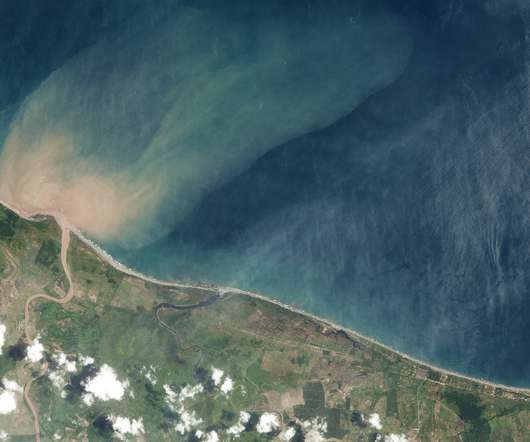

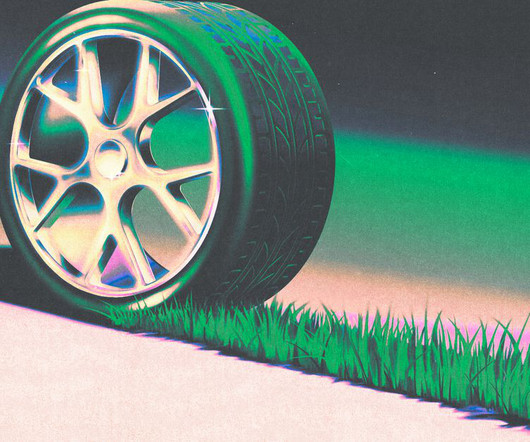
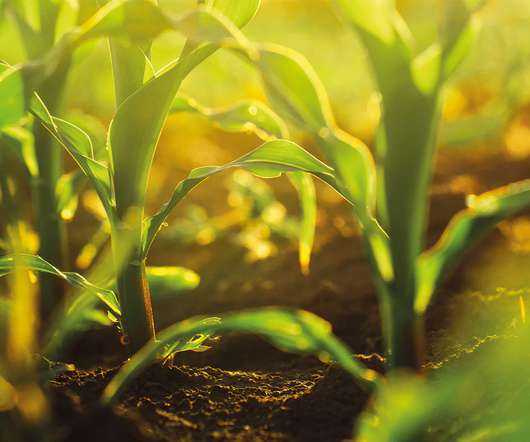


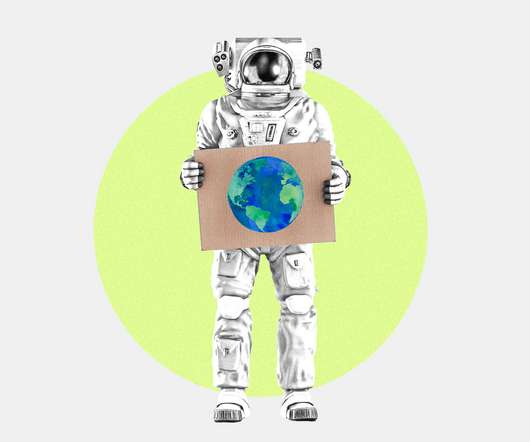


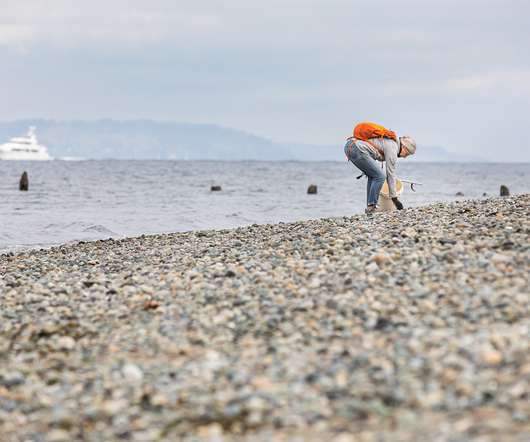

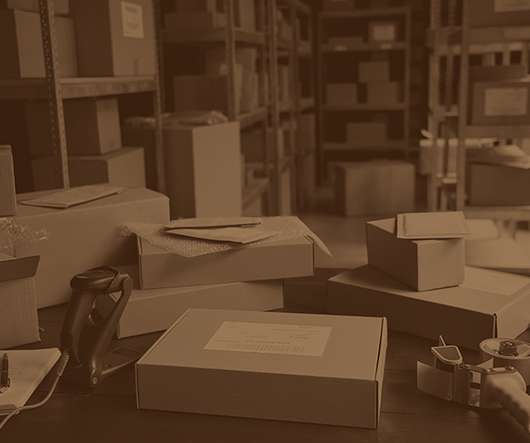








Let's personalize your content